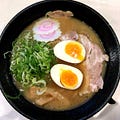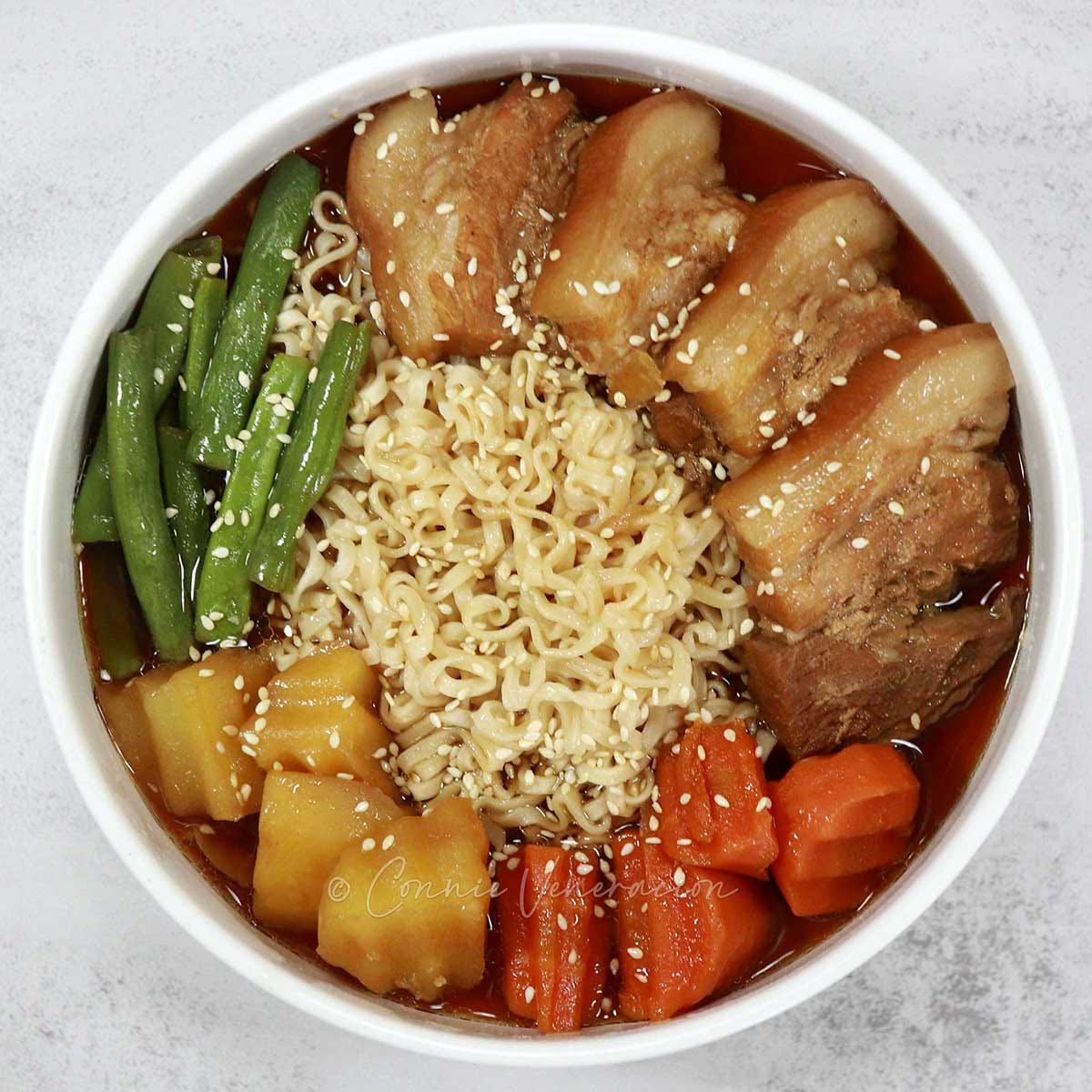#44 I dream of ramen
For someone who swore for years that tonkotsu ramen IS the standard, I discovered shio ramen and I think I'm changing my mind. The saying that less is more couldn't be more true.
Four years ago, we were getting ready for a two-week trip to Japan. I always go in the fall. The beautiful foliage, the chilly air and hot ramen just seem to be the perfect trifecta.
Well, the autumn leaves were late that year, the temperature was lower compared to the same period when I was there a year earlier, but the ramen adventure was superb. We ate so much ramen in so many places, from Kyoto to Osaka, that soon after arriving home, I found myself updating an old Guide to Ramen Broth post in the blog.
Looking back, I never found it curious that I never encountered shio (salt) ramen in Japan. I didn’t think about it much probably because shio ramen did not really excite me. I’m a tonkotsu ramen fan, you see, and I rarely order any other variety.
That in the photo is the best bowl of ramen I’ve ever had. In Kyoto, just a few steps from the ryokan (inn) where we stayed, was a ramen shop called Aitsu no Ramen Kataguruma that was often teeming with locals. We went there one night — minus Sam (she doesn’t eat red meat) who opted to stay at the ryokan with a tray of sushi from Family Mart (convenience food store in Japan is terrifically good!).
To describe the ramen as indulgent would be an understatement. The ramen that my husband ordered had twice as much meat! I have to mention that the pork is crusted with crushed pepper which set it apart from other chashu pork we have had in the past. Reminded us of pastrami.
And the broth… Oh, the broth! The thickest and tastiest tonkotsu broth we’ve ever had! There is one claim that cheese is added to the broth to give it a unique flavor and texture that makes it reminiscent of carbonara. I can almost believe that considering how the pork slices reminded us of pastrami.
So, you see, with ramen broth as rich as that, how could shio ramen be exciting at all? That was my mindset until a few nights ago. NHK World-Japan recently broadcast a series of videos called Ramen Japan. And I learned that shio ramen is likely the oldest form of ramen.
Not too many shops sell it these days, it seems. Probably too plain for today’s sophisticated palate. But I was curious. How can broth seasoned with nothing but salt be tasty? Wouldn’t it be one-dimensional?
To provide an informed answer to that question, I made shio ramen at home. And… surprise — the broth was incredible! All the details are in the blog.
How to make broth for shio ramen - It's all about the broth. The clarity. The lightness. I make broth by simmering meat and bones. Then, I drop a teaspoon of salt into a bowl, pour in broth and add the noodles. Read more.
For more ramen goodness, I have prepared a list.
Guide to ramen broth: shio, shoyu, miso and tonkotsu - Shio broth has salt, shoyu broth has soy sauce and miso paste is added to make miso broth. Tonkotsu (not tonkatsu) is made with pork hock and trotters. But did you also know that, except for tonkotsu, the base of the broth can be meat, poultry or seafood? Read more.
Miso ramen with shrimp wonton and shiitake - Do you like Japanese miso soup? We do! It is great in its simplest form — with just tofu and wakame — but did you know that wonton and shiitake are great additions to basic miso soup? Get the recipe.
Sweet soy sauce pork belly ramen - A variation of nikujaga, the Japanese beef and potato stew, thick slices of pork belly and instant ramen are used in this recipe. I’m hesitant to call it a Japanese dish so I’ll just file it under Asian fusion. Get the recipe.
Ginger pork ramen - Two packs of instant ramen were combined with ginger pork, shiitake, bok choy, pickled ginger and sesame paste to make a full meal for two! Get the recipe.









